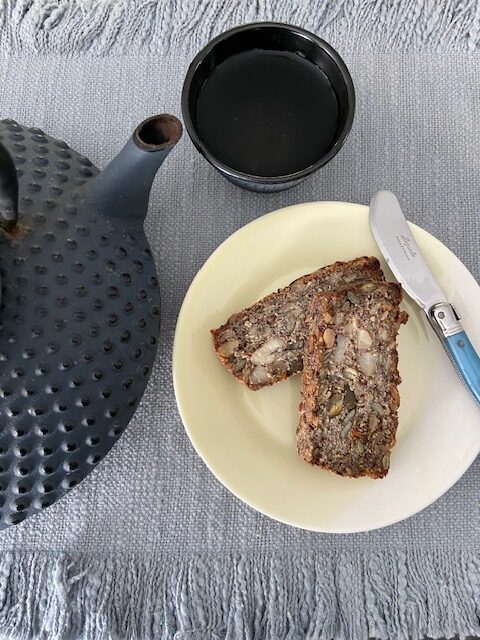Ayurveda is an alternative medicine system mainly featuring in the Indian sub-continent, Sri Lanka, Bangladesh and Nepal where a reported 80% of the population actively practice. Ayurveda therapies have evolved over two thousand years and include meditation, yoga, special diets, massage and herbal medicines. The World Health Organisation (WHO) recognises Ayurveda as a crucial global medical tradition and in 2023 introduced international standard terminologies to allow integration of Ayurveda into health systems across the world to compare, evaluate and assess data.
A simple Ayurveda breath work is Dirga Pranayama, or Three Part Breath. This breathing technique we have practiced in our classes, though if you have not tried it in your own practice, beginners will benefit from guidance from a qualified yoga teacher. It is both calming and grounding helping to focus your attention in the present moment.
Benefits
Pranayama is often taught at the start of the class to calm and nurture the mind, body and soul for the practice. Dirga Pranayama is a beautiful technique allowing deep breathing to oxygenate the blood, promoting a greater flow of oxygen to the brain allowing you to become more alert and focused. When we truly become aware of our normal breathing, it is often shallow and quick, but the deep, slow breathing of Dirga Pranayama will relieve stress and tension, a lovely practice you can use throughout the day.
How to practice Dirga Pranayama
Start either laying on your mat or seated in Sukasana (cross legged).
Closing down the eyes and bringing your attention to your body and your breath.
Softly follow the guidance to calmness which I have broken down into 3 steps.
Step 1
1. Begin seated in Sukasana or lie comfortably on your mat using a bolster if you wish under your knees. Relaxing your face and your body, begin observing the natural inhalation and exhalation of your breath.
2. Gently inhale and exhale through the nose.
3. On each inhale, fill the belly with your breath, expand the belly with air like a balloon. Let go of any thoughts and self- conscious feelings as the belly expands, we so often feel we need to hold our belly in, though allow the body to be free.
4. On each exhale, expel all the air out from the belly through your nose, drawing your navel back towards your spine.
5. Repeat this deep belly breathing for 3 breaths.
Step 2
6. On the next inhalation, fill the belly with air. When the belly is full, draw in a little more breath and let the air expand into the rib cage causing the ribs to widen.
7. On the exhale, let the air go first from the rib cage, letting the ribs come closer together, and then from the belly, drawing the navel back towards the spine.
8. Repeat this deep breathing into the belly and rib cage for 3 breaths.
Step 3
9. On the next inhalation, fill the belly and rib cage with air. Draw in just a little more air to fill the upper chest, all the way up to the collarbone, expanding the heart space.
10. On the exhale, let the breath go first from the upper chest, allowing the heart space to sink back down, then from the rib cage, letting the ribs slide closer together. Finally, let the air go from the belly, drawing the navel back towards the spine.
11. Continue at your own pace, eventually coming to let the three parts of the breath happen smoothly without pausing.
12. Continue for 10 breaths.
I recommend not to change the breath or withhold the breath if you are pregnant or suffer from any heart conditions.
Practice softly and slowly, our breath can bring us from fight or flight to calmness and stillness.
Relax and enjoy with more about Ayurveda insights coming soon.



